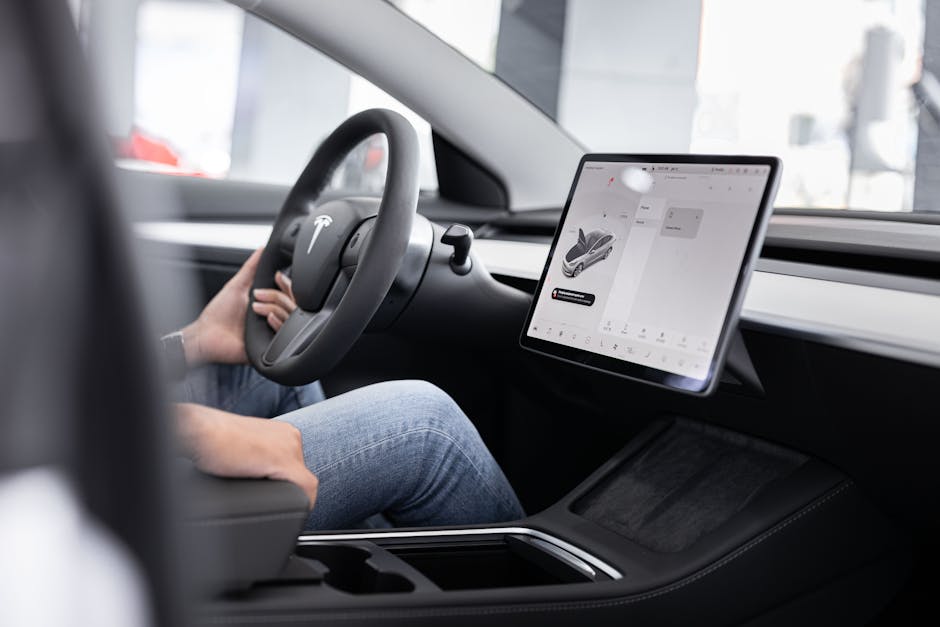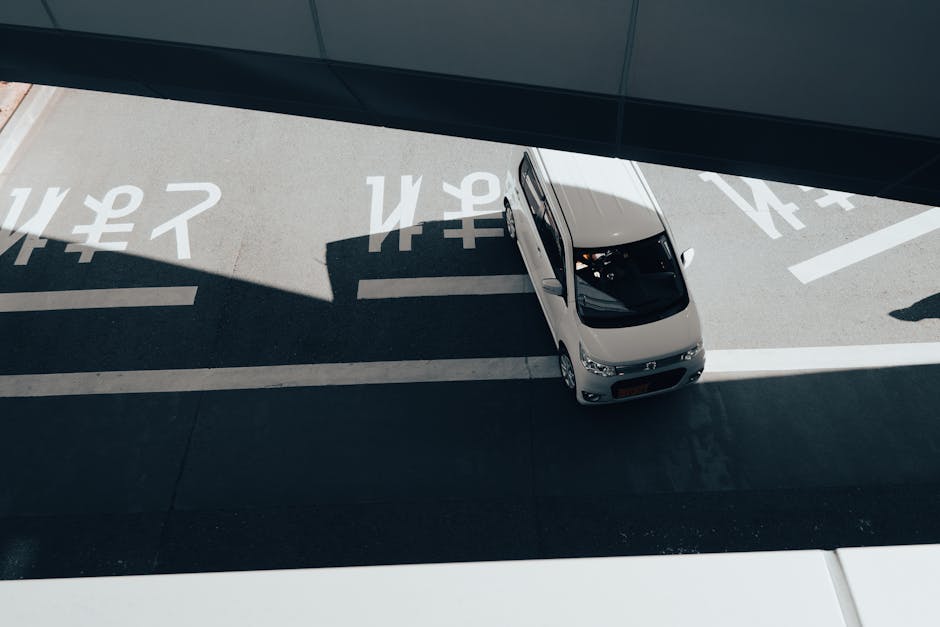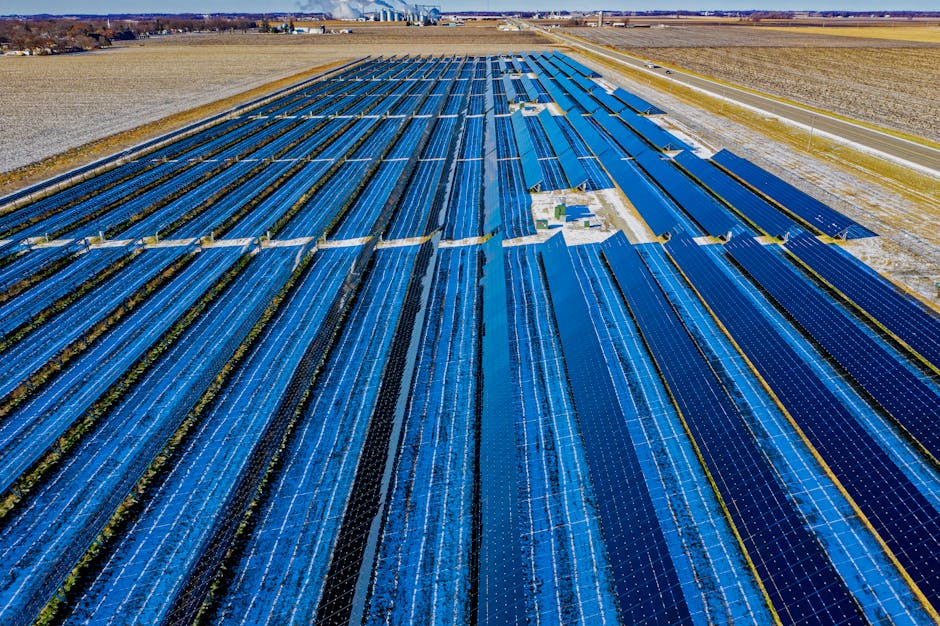The Future of EVs: How Augmented Reality Revolutionizes Navigation
The electric vehicle revolution is here, but it's not just about sustainable driving; it's also about innovating how we navigate the roads. As we explore the future of personal mobility, it's essential to consider the intersection of augmented reality (AR) and electric vehicle (EV) technology. Imagine cruising down the street with real-time navigation that overlays crucial information onto your windshield or an immersive driver assistance system that enhances your driving experience. In this article, we'll delve into how AR is poised to redefine EV navigation and driver assistance, optimizing your journey for safety and efficiency.
Understanding Augmented Reality in Automotive Technology

Augmented reality is a technology that superimposes digital information or images onto the physical world, often through devices like smartphones or AR glasses. In the automotive sector, AR has potential uses ranging from navigation to safety features. By projecting directions directly onto your windshield, AR navigation systems elevate the driving experience by providing intuitive, easy-to-follow cues.
According to a report from Statista, the global AR market is poised to reach over $200 billion by 2025, a testament to its growing importance in various industries, including automotive. For EV users, adopting this innovative technology could mean drastically improved driving experiences and efficiencies. By integrating AR with critical systems in electric vehicles, manufacturers can deliver smoother rides that align with environmentally friendly practices.
The Role of AR in EV Navigation

Enhancing User Experience

Imagine approaching a busy intersection with easy, transparent guidance on which lane to choose, complete with highlighted paths on your windshield. AR navigation systems can transform traditional driving by providing live information, such as speed limits, directional arrows, and even hazards, all displayed in real-time.
This seamless blend between digital data and physical driving assists EV drivers in making informed decisions, ultimately boosting safety and efficiency. Studies have shown that intuitive visual aids reduce cognitive load while driving, allowing for faster information processing and safer responses in potentially risky situations.
Integration with Smart Infrastructure

As smart cities continue evolving, the incorporation of IoT (Internet of Things) with AR may enhance navigation even further. By linking vehicles with urban infrastructure, AR could provide real-time updates on traffic conditions, road closures, and even available charging stations directly displayed in the driver’s line of sight. In addition, features like smart traffic signals can communicate with your EV, guiding you efficiently through busy areas.
Improvements in infrastructure design, as discussed in our article on urban wildlife and EV infrastructure, will be paramount for creating a synergistic relationship between vehicles and the urban ecosystem, enhancing navigation capabilities through AR technology.
AR-Driven Driver Assistance Systems

Focus on Safety

Another critical area where AR will likely play a significant role is in driver assistance systems. By augmenting the driver’s perception of their surroundings, AR applications can highlight potential hazards, aiding in collision avoidance and safety. For instance, if pedestrians or cyclists approach from the side, AR displays could visually alert drivers, making the car user-aware and proactive.
These features tie into advancements in autonomous driving technology, closely related to evolving urban architecture that accommodates smart mobility solutions, making city driving both safe and efficient.
Guidance for Traffic and Parking

As EV owners transition to more sustainable practices, they face unique challenges in urban areas, particularly with parking and traffic regulations. AR systems can alleviate these concerns by highlighting available parking spaces, suggesting optimal routes based on live traffic conditions, and advising on how to navigate crowded areas.
For example, a system might guide an EV driver to the nearest charging station, complete with estimated wait times, using on-screen visualizations and prompts. This approach not only enhances the driving experience but also encourages EV usage, leading to reduced carbon footprints.
The Impact of AI on AR Navigation

As we begin to integrate AI into AR technologies, personalization will take center stage in enhancing the EV experience. Machine learning algorithms can gather data about users' driving habits, preferred routes, and charging station usage, leading to tailored recommendations that optimize the overall driving experience.
Predictive Maintenance

Incorporating AI into AR also extends to predictive maintenance. With a sophisticated understanding of vehicle diagnostics, real-time notifications can alert drivers to potential issues before problems arise, significantly reducing downtime. Chance encounters with service locations can be wrapped into AR prompts, creating a more fluid relationship with vehicle maintenance and operation.
For instance, if you’re driving and your vehicle senses a drop in brake performance, AR could highlight car service centers along your route, allowing you to make informed decisions quickly. This integration dovetails nicely with our article on AI and predictive maintenance, illustrating how AR can empower users with information at their fingertips.
Bridging the Gap Between EVs and User Experience

Environmental Impact

The integration of AR within EV technology supports not just performance but also aligns with eco-conscious initiatives. Users will appreciate tools that focus on sustainable driving, emphasizing the harmonious relationship between technology and the planet. Innovative UI designs, for example, can immerse users in environmental reminders by overlaying emissions data relevant to their driving decisions.
Next-Level Interactivity

Moreover, AR-and-EV intersections will be a hub for interactive design and user engagement. Picture a world where virtual reality systems can also connect to the vehicle for enhanced experiences like road trips or holiday outings, creating memory-making opportunities directly integrated with sustainable practices.
By enriching the driving experience through personalization, EVs can foster a more profound effect on users’ long-term engagement. With exciting innovations around every corner, manufacturers will prioritize making these technologies easily adaptable to users’ needs. Related insights can be gleaned from our feature on autonomous driving and its mental impact.
Final Thoughts
The future of personal mobility lies at the intersection of augmented reality, electric vehicles, and an enhanced driving experience. As AR technologies make their way into navigation and driver assistance systems, the opportunities for safer, smarter, and more personalized journeys will expand exponentially. The road ahead is one filled with exciting innovations that promise to transform not just how we drive but how we engage with our communities, our environment, and our vehicles.
To fully embrace this paradigm shift, EV enthusiasts and potential buyers should educate themselves about these technologies and their features. Keeping an open dialogue with manufacturers and communities, sharing experiences, and suggesting improvements will help pave the way for a more sustainable future where driving can become a joy rather than a chore.
So buckle up as we accelerate toward this electrifying, augmented reality-driven future, where the only limit is the imagination and commitment to sustainability.



